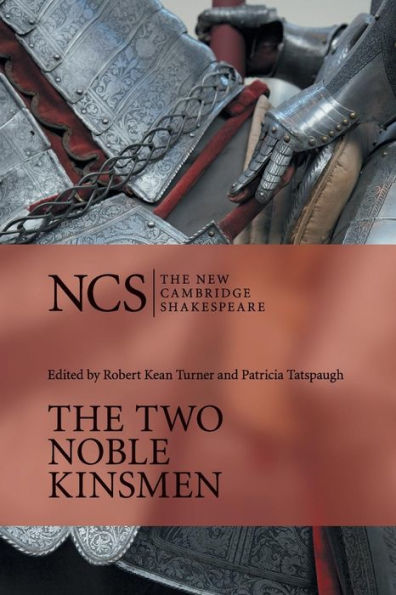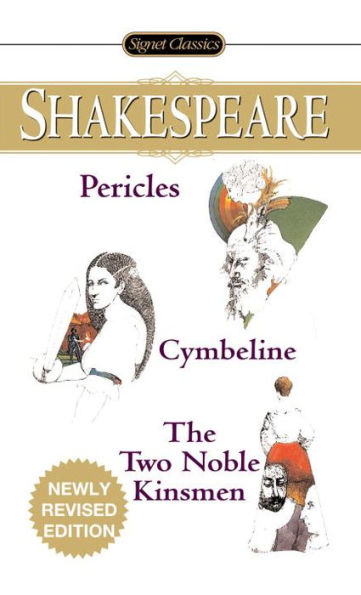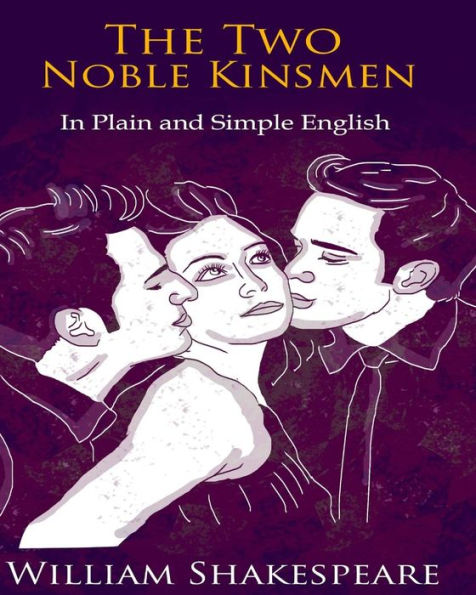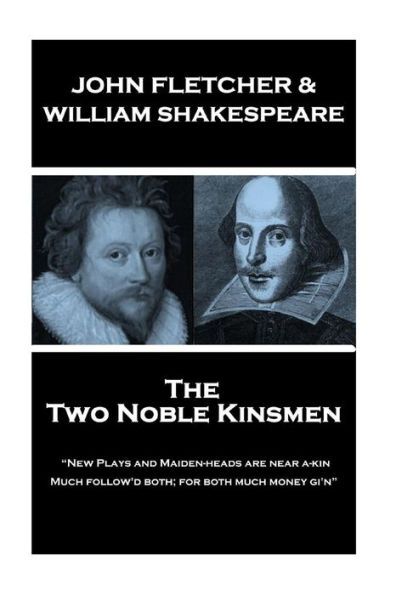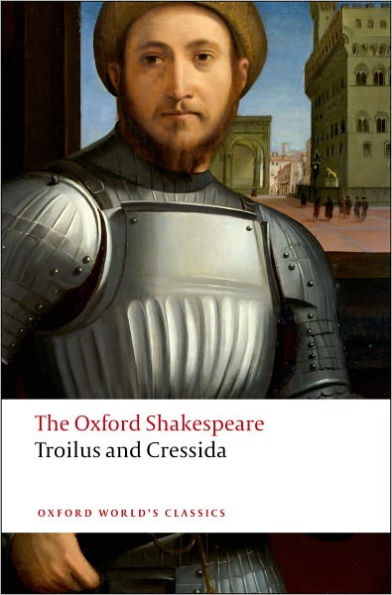Home
The Stage as Palimpsest: Conceptions of Time and Temporality in Shakespeare's 'Troilus and Cressida' and 'The Two Noble Kinsmen'


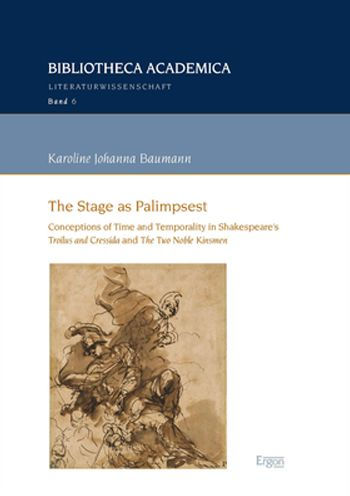
The Stage as Palimpsest: Conceptions of Time and Temporality in Shakespeare's 'Troilus and Cressida' and 'The Two Noble Kinsmen'
Current price: $45.00
Loading Inventory...
Size: OS
This study shows that Shakespeare's plays challenge a system of periodization that divides history into three distinct eras (antiquity, the Middle Ages, modernity). In Troilus and Cressida and The Two Noble Kinsmen, several conceptions of time and temporality are played through in a way that shows that the idea of linear time and progressive, teleological history upon which our concept of periodization is based, is inadequate to the complexities of temporal relations. Instead, these plays, being based on ancient sources that were rewritten many times throughout the Middle Ages and the Renaissance, suggest an understanding of time that is best expressed with the help of the metaphor of the palimpsest. A palimpsest contains multiple temporal layers that are entangled and interwoven without hierarchy rather than successively or chronologically arranged. The question of period construction is thus posed performatively in these plays, with a special focus on the invention of the Middle Ages.
